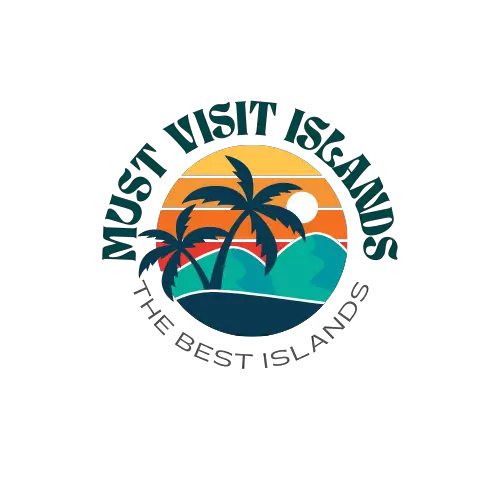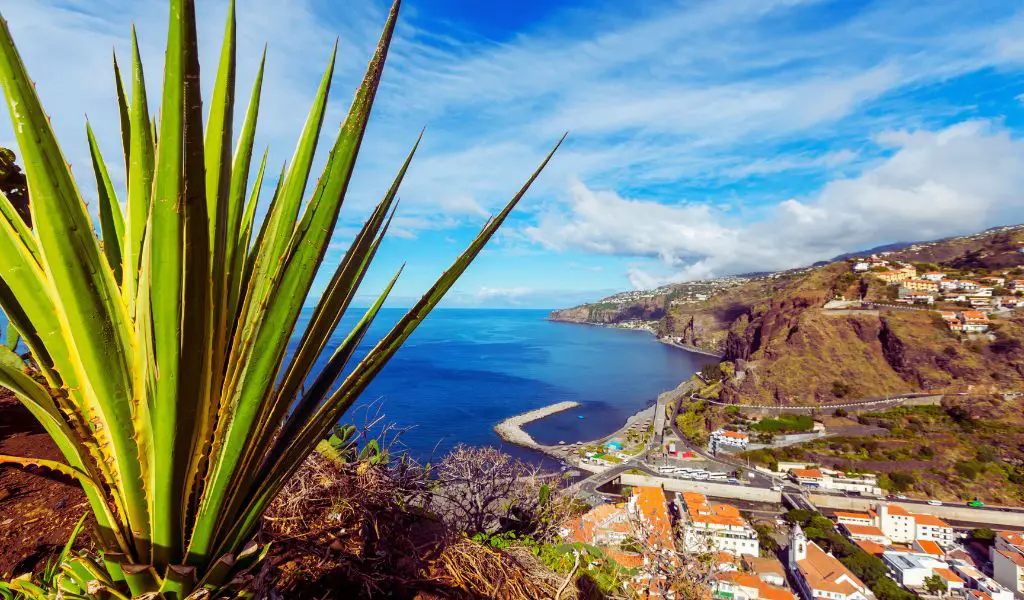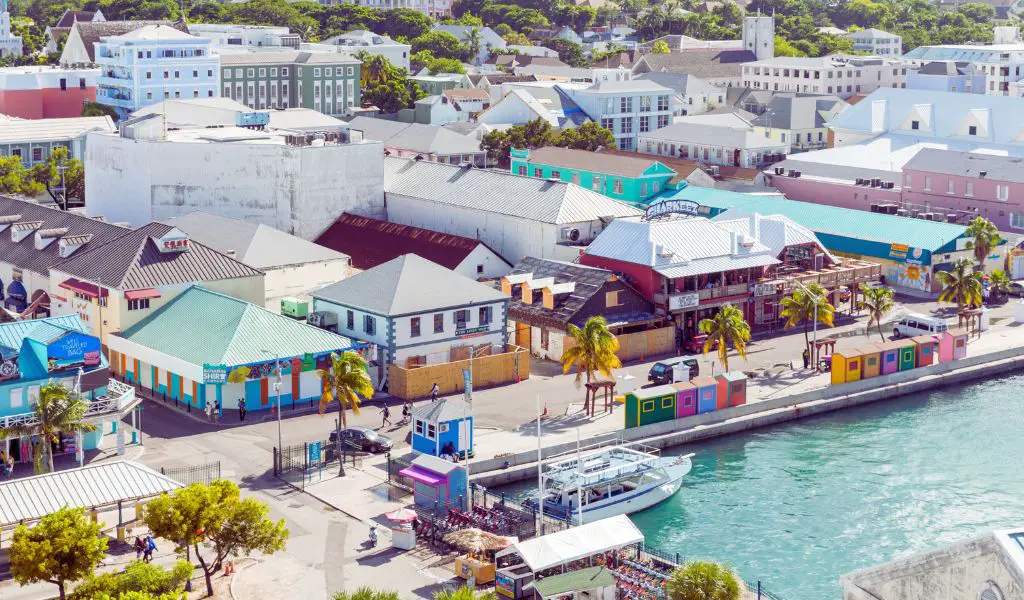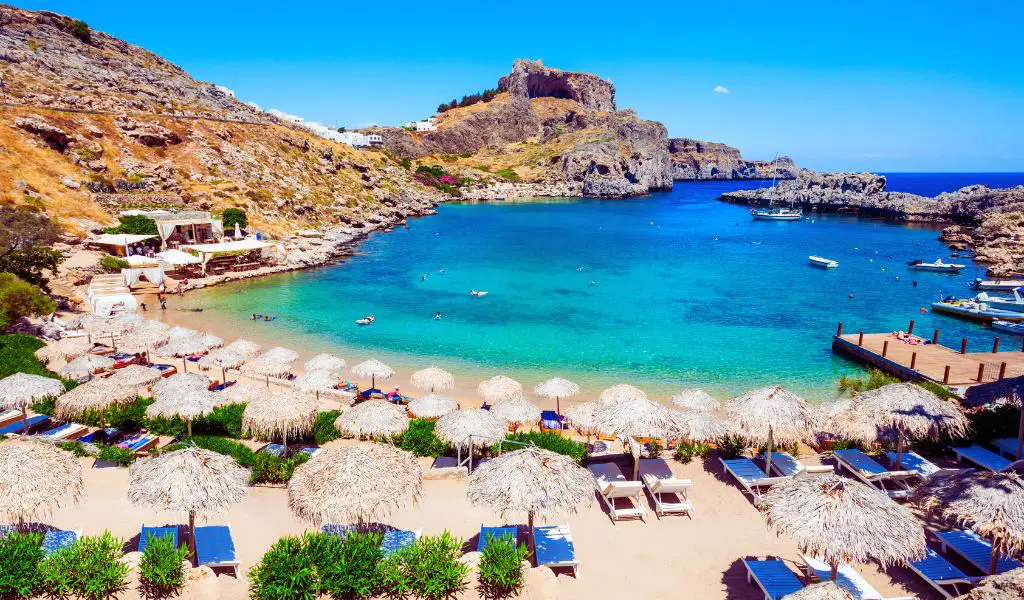Madeira, often referred to as the “Floating Garden of the Atlantic,” is a mesmerizing archipelago located southwest of Portugal. Comprising the main island of Madeira, the smaller Porto Santo, and several uninhabited islands, this destination is a haven for nature lovers, adventure seekers, and those looking to immerse themselves in unique cultural experiences.
Geography
Geographically, Madeira boasts a diverse landscape shaped by volcanic activity.
Majestic mountains, verdant valleys, and rugged coastlines define the topography of the main island.
The subtropical climate, combined with the rich volcanic soil, has resulted in lush vegetation, making Madeira a botanical paradise.
History
Historically, Madeira has been a significant port of call for explorers and traders.
Discovered in the early 15th century by Portuguese sailors, the island quickly became an essential stopover for ships traveling to the Americas and the East Indies.
This strategic importance is reflected in the island’s architecture, traditions, and even its world-renowned Madeira wine.
Attractions
Notable attractions on Madeira include the Laurisilva Forest, a UNESCO World Heritage site that houses a unique ensemble of native flora and fauna.
The Levadas, a network of mini-canals and accompanying footpaths, offer some of the best hiking experiences, taking visitors through the heart of Madeira’s stunning landscapes.
Activities
Popular activities on Madeira range from exploring its botanical gardens and participating in wine tasting sessions to embarking on whale-watching expeditions and diving into its crystal-clear waters.
With its blend of natural beauty, rich history, and vibrant culture, Madeira promises an unforgettable island experience.
Population
Madeira is home to approximately 290,000 inhabitants, with the majority residing in the capital city of Funchal.
When to Go
The best time to visit Madeira is between April and October. The weather is pleasant, and the island hosts various festivals and events during these months.
How to Get There
Madeira is accessible by air, with the Cristiano Ronaldo Madeira International Airport connecting the island to various European destinations.
Additionally, there are regular ferry services between Madeira and the Portuguese mainland.
Highlights
Laurisilva Forest: A UNESCO World Heritage site that offers a glimpse into Madeira’s unique biodiversity.
Levadas: Scenic hiking trails that traverse the island’s diverse landscapes.
Monte Palace Tropical Garden: A stunning botanical garden with exotic plants, koi ponds, and beautiful views.
Cabo Girão: One of the world’s highest sea cliffs, offering panoramic views of the Atlantic Ocean.
What You Should Know
Currency: Euro (EUR).
Language: Portuguese, though English is widely spoken in tourist areas.
Safety: Madeira is a safe destination. However, visitors should exercise caution when hiking in remote areas and always adhere to local guidelines.
FAQs about Madeira
Are there accommodations available on Madeira?
Yes, Madeira offers a range of accommodations, from luxury resorts to boutique hotels, guesthouses, and vacation rentals.
Is Madeira suitable for family vacations?
Absolutely! Madeira is family-friendly, with numerous activities and attractions catering to visitors of all ages.
What is the significance of Madeira wine?
Madeira wine is a fortified wine produced on the island. It has a unique taste due to the specific aging process it undergoes, and it’s a must-try for wine enthusiasts.




